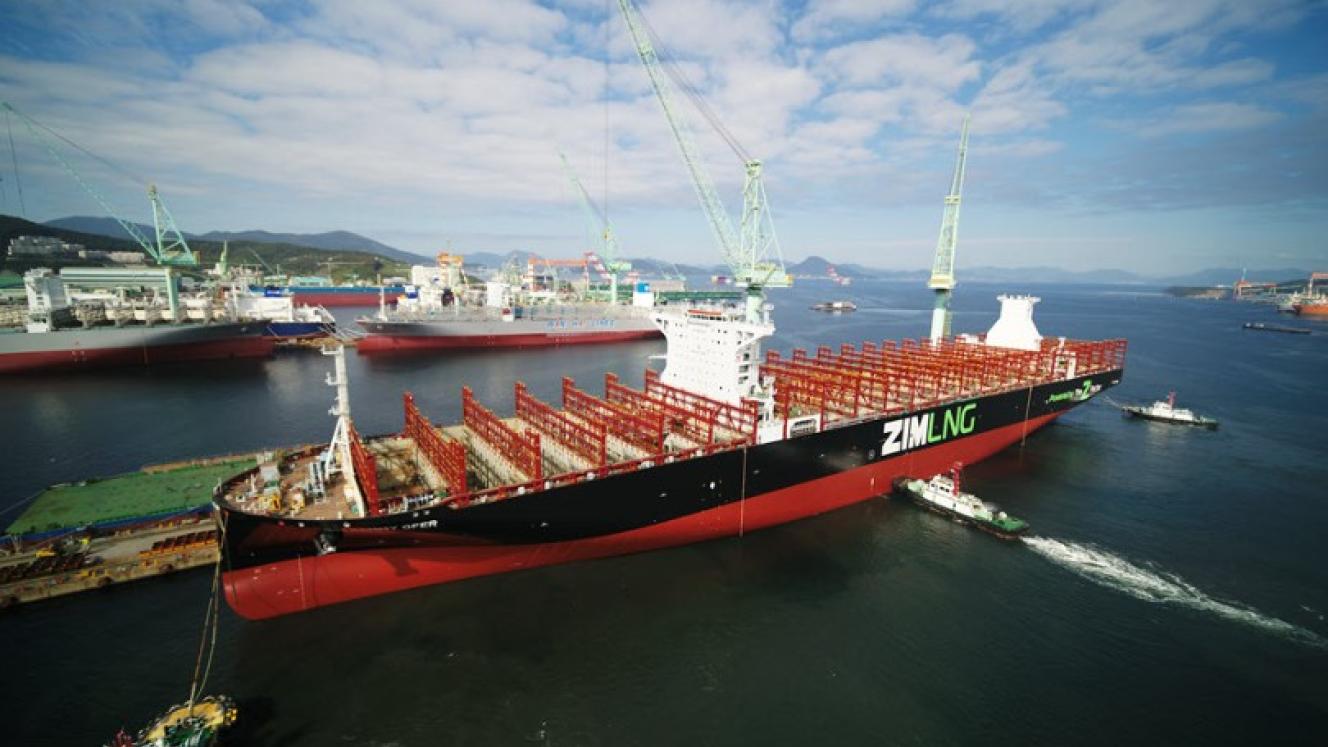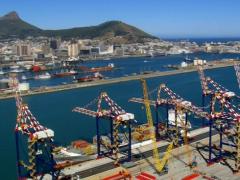The fire aboard the 5 500-TEU containership Colorado has been brought under control after breaking out on September 24, while the vessel was sailing from Yantian, China, to Los Angeles.
Crew on board the ZIM-chartered vessel managed to extinguish the blaze without injury, and the ship diverted to Busan, South Korea, where damage inspections and cargo assessments are ongoing. ZIM has not yet confirmed the extent of losses or when the ship may resume service.
This marks the latest in a string of high-profile containership fires this year. In January, the ASL Bauhinia was abandoned in the Red Sea after an onboard explosion triggered a blaze. In June, the Wan Hai 503 caught fire off the coast of Kerala, India, burning for weeks before being stabilised.
Other less publicised cases, including container fires aboard feeder and regional tonnage, have also been reported in 2025, underscoring the persistence of the problem.
“The Colorado incident once again highlights the scale of the fire risk in container shipping,” commented Lars Jensen, CEO of Vespucci Maritime.
“While safety standards have improved, undeclared or misdeclared cargo, especially hazardous goods such as lithium batteries, remain a weak link.”
Insurers are sounding the alarm as well. The International Union of Marine Insurance (IUMI) has noted a marked increase in fire-related claims across the container sector, citing poor cargo segregation and deficient monitoring practices as recurring causes. According to the Allianz Safety & Shipping Review 2025, fires are now among the costliest drivers of major marine claims, with container and ro-ro vessels particularly vulnerable.
A senior underwriter at a leading P&I Club, said: “We are seeing an uptick not just in the frequency of container-ship fires but also in the scale of losses. The Wan Hai 503 alone will run into tens of millions in claims. The Colorado may be less severe, but it will feed into rising premiums and greater scrutiny of dangerous cargo shipments.”
Industry analysts warn that while headline incidents number only three to four so far in 2025, the true figure is likely higher once smaller and under-reported cases are included. Lloyd’s List Intelligence has previously estimated an average of five to seven containership fires globally per year, with spikes in recent years reflecting the increasing complexity of global supply chains.
The Colorado episode will likely intensify calls for stricter enforcement of cargo declaration rules, wider use of cargo-scanning technologies at origin ports, and investment in enhanced onboard detection and firefighting systems.
For now, attention is fixed on Busan, where surveyors are assessing the damage to determine when the vessel can safely return to service and how much the incident will cost cargo owners, insurers and ZIM itself.













